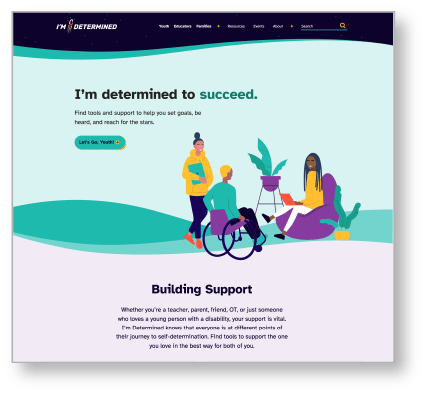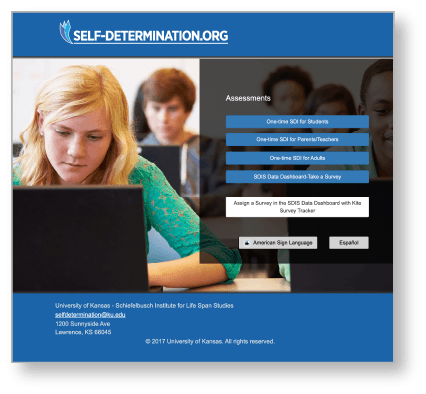Has the youth developed a vision for their best life?
Developing a vision sets the stage for a youth's success. Still, it can be challenging or even overwhelming for youth to build a vision of their best life. It might seem too complex or far into the future to embrace today. As a professional, you can help youth consider what they want as they develop their vision for the future.





